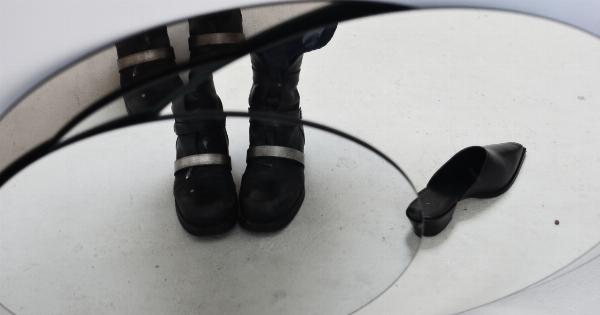Morton’s Neuroma is a condition that occurs when a nerve in the foot becomes pinched or compressed. The compression can cause a thickening of the nerve tissue that usually develops between the toes, specifically the third and fourth toes.
It is more common in women and can often be associated with wearing tight, high-heeled shoes.
The Impact on Women’s Legs
The symptoms of Morton’s Neuroma can range from a dull ache in the ball of the foot to a sharp burning sensation that radiates towards the toes.
Women may experience a tingling sensation or numbness in their toes, making it difficult to walk or wear certain types of shoes.
Over time, Morton’s Neuroma can cause a build-up of scar tissue around the affected nerve. This can result in a permanent loss of sensation in the toes or pain that continues even after treatment.
Women who are experiencing Morton’s Neuroma may also change the way they walk, which can result in an increase in pain and discomfort in other areas of the body, including the knees, hips, and back.
What Causes Morton’s Neuroma in Women?
Morton’s Neuroma is caused by compression or irritation of the nerve between the third and fourth toes. In women, tight and/or high-heeled shoes are believed to be a major contributing factor to the development of Morton’s Neuroma.
Wearing shoes that are too narrow or have a pointed toe can also cause compression of the nerve. Activities that involve repetitive stress on the feet like running, dancing, and jumping can also increase the risk of developing Morton’s Neuroma.
Diagnosis and Treatment of Morton’s Neuroma
Diagnosis of Morton’s Neuroma will usually involve a physical examination of the foot. Imaging tests like an X-ray, MRI scan, or ultrasound may be ordered to rule out other conditions, including stress fractures or arthritis.
The treatment for Morton’s Neuroma will depend on the severity of the condition.
Non-surgical treatments may include wearing shoes with a wider toe box or lower heel, using orthotics or arch supports in shoes, physical therapy, and corticosteroid injections. Surgery may be necessary for more severe cases, and can involve removing the affected nerve or opening up the space around the nerve to alleviate pressure and compression.
Preventing Morton’s Neuroma in Women
The best way to prevent Morton’s Neuroma is to avoid wearing shoes that are too tight or have a high heel. It is important to choose shoes that fit well and provide adequate support for the foot.
Stretching exercises can also help to prevent the development of Morton’s Neuroma by improving the flexibility and strength of the foot and ankle muscles.
Conclusion
Morton’s Neuroma is a condition that can have a significant impact on women’s feet and legs. It is important to seek treatment as soon as possible to avoid permanent damage and alleviate pain and discomfort.
By choosing the right footwear and taking preventative measures like stretching exercises, women can reduce their risk of developing Morton’s Neuroma and maintain optimal foot health.





























